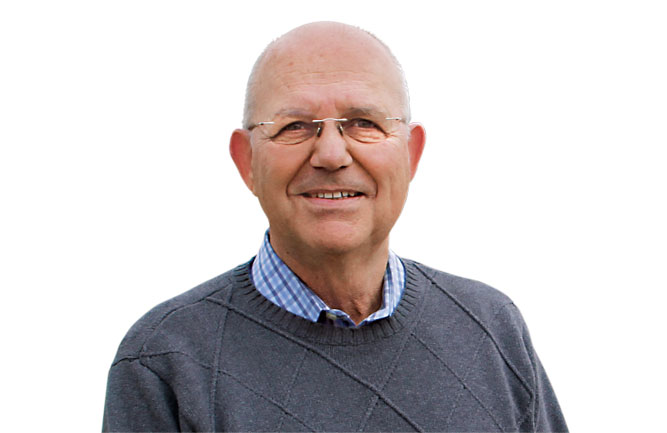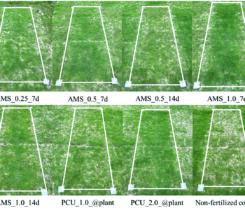Off the Record: Important insights from soil nitrogen testing
Turfgrass management, particularly for nitrogen fertilization, has been intensely scrutinized due to environmental concerns. Researchers have explored methods to reduce fertilizer inputs without compromising turfgrass quality. The USGA Mike Davis Program for Advancing Golf Course Management provided funding for studies that shed light on the spatial variation of nitrogen in the soil, the potential correlations between soil tests and turfgrass responses and the effectiveness of new soil tests.

Mike Kenna, Ph. D.
First, let me briefly explain why this research was needed. The research on nutrient fate from several university projects in the ’90s and early 2000s was very positive regarding nitrogen (N) leaching from fairway soils. However, the results were surprising when we returned to Michigan State University to evaluate N leaching more than ten years after the experiments.
We saw more nitrogen moving downward to the bottom of the 3-foot-deep lysimeters. Kevin Frank, Ph.D., found an increase in nitrate N (NO3-), suggesting that the mineralization of organic-N fractions exceeded the immobilization of fertilizer-N.
In other words, soil N mineralization is a biological process in which organic nitrogen compounds are converted into inorganic forms, primarily ammonium (NH4+) and nitrate (NO3-), making nitrogen available for plant uptake. This process is crucial for the nitrogen cycle and impacts soil fertility.
When Frank reduced N-fertilization rates, turfgrass quality had no adverse effect and N leaching diminished. We then asked soil scientists if there was a way to measure the organic N tied up in the soil and encourage the mineralization into plant-available forms.
More tests
From 2006 to 2007, David Gardner, Ph.D., used the Illinois Soil Nitrogen Test (ISNT) to study nitrogen variation in fairways and address the need for reliable nitrogen tests. Developed by Richard Mulvaney, Ph.D., the ISNT measures stable amino sugar N fractions in soil, predicting season-long N fertility better.
Despite decreasing depth, Gardner found amino sugar N showed spatial correlation, enabling efficient N assessment through traditional soil sampling. His sampling technique would permit the identification of fairway areas with higher and lower amino sugar N values and allow for the development of site-specific N application.
From 2002 to 2021, Karl Guillard, Ph.D., took this further to predict turfgrass response to soil organic N. His experiments delved into predicting turfgrass color and growth responses. The research showed promising results using a single spring measurement of ISLT-N and soil permanganate-oxidizable carbon concentrations. He observed positive linear responses, suggesting a single spring measurement could indicate the likelihood of N-fertilization response.
Guillard continued his interest in the potential mineralization of soil nitrogen. He explored the potential of the Solvita Soil Labile Amino-Nitrogen (SLAN) test in turfgrass. His experiments correlated SLAN concentrations with turfgrass responses. While correlations were moderate, specific SLAN concentrations showed a high probability of responses equal to or exceeding benchmark urea rates. His results indicate the SLAN test’s promise as a soil test for guiding fertilization.
Worth the wait
Guillard also investigated the correlation between the ISNT and the Solvita SLAN test. Both tests responded linearly to the fertilizer rate, with ISNT showing a greater rate of change.
Collectively, these studies offer valuable insights into optimizing fertilization practices. The emergence of the SLAN test as a potential rapid soil analysis tool further enhances our ability to guide N fertilization precisely.
By integrating these findings into turfgrass management strategies, we can balance maintaining turf quality and mitigate the environmental impacts of excessive N fertilization.












